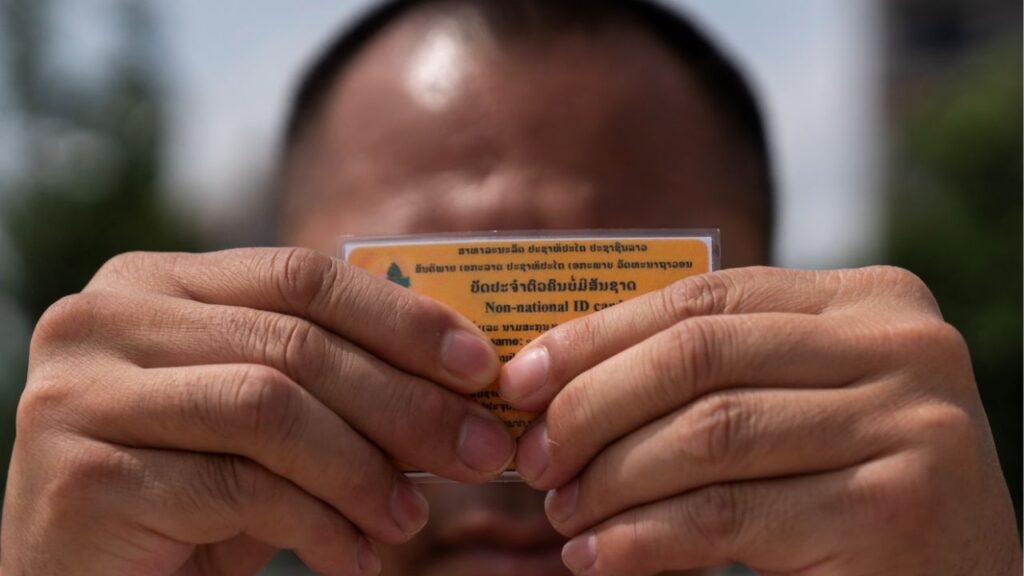[location-weather id="102511"]
Trending
Play Video
Latest
Videos

World /
3 hours ago
Iran’s Army Chief Says Israeli Threats Remain, State Media Say

World /
4 hours ago
Trump, Carney to Speak in Coming Days, Canadian Official Says

U.S. /
4 hours ago
Rail Customers Urge Regulators to Block Union Pacific-Norfolk Southern Deal, FT Reports

Sports /
4 hours ago
United States Set World Record in Women’s 4×100 Medley Relay

World /
4 hours ago
Six More Die of Hunger in Gaza, Israel Says UN Trucks Make Fuel Delivery

Politics /
3 days ago
If Texas Gerrymanders Its House Districts, Costa Says California Must Follow Suit
Central Valley

Crime /
2 days ago
Valley Crime Stoppers’ Most Wanted Person of the Day: Scott Oscar Whitehead

Local /
2 days ago
Visalia Road Project to Temporarily Shut Down Part of Caldwell Avenue

Local /
3 days ago
Fresno Fire Displaces Family of Three, Pets Rescued
Videos

Business /
3 days ago
Fresno’s $100M Warehouse Project Means Big Things for City: Dyer

Politics /
3 days ago
If Texas Gerrymanders Its House Districts, Costa Says California Must Follow Suit

Video /
4 days ago
Wired Wednesday: New Fresno Ordinance Targets Vacant Blighted Properties
Education
Commentary
Commentary
Featured
Opinion /
5 hours ago
‘South Park’ Skewers a New Kind of Sanctimony and Trump
In 2003, Andrew Sullivan wrote about a breed of conservatives that he called “South Park Republicans,” who shared the irreverent, profane et...
Sports
showcase
No data was found

Sports /
4 hours ago
United States Set World Record in Women’s 4×100 Medley Relay

U.S. /
1 day ago
US Reviewing Visa Denial for Venezuelan Little League Players, State Department Says

Sports /
5 days ago
Scottie Scheffler vs. Everybody: Open Champion Makes His Case Among the Greats

Sports /
5 days ago
More Than 100 NFL Players and Club Employees Face Fines for Selling Super Bowl Tickets
Around the state

Featured /
3 days ago
Yosemite’s Largest Campground Reopens Friday After $26.2 Million Renovation

U.S. /
5 days ago
California Under Tsunami Advisory After Magnitude 8.7 Earthquake

Housing /
5 days ago
What’s Behind California’s Frozen Housing Market?
Global View
Iran’s Army Chief Says Israeli Threats Remain, State Media Say
World /
3 hours ago
Trump, Carney to Speak in Coming Days, Canadian Official Says
World /
4 hours ago
United States Set World Record in Women’s 4×100 Medley Relay
Sports /
4 hours ago
Six More Die of Hunger in Gaza, Israel Says UN Trucks Make Fuel Delivery
World /
4 hours ago
India Will Buy Russian Oil Despite Trump’s Threats, Officials Say
World /
1 day ago
Trump Reaffirms Support for Morocco’s Sovereignty Over Western Sahara
World /
1 day ago
US Reviewing Visa Denial for Venezuelan Little League Players, State Department Says
U.S. /
1 day ago
MORE NEWS
Entertainment

News /
2 days ago
Corporation for Public Broadcasting to Close After Funding Cut, in Blow to Local Media

Courts /
5 days ago
Sean ‘Diddy’ Combs Seeks Release on $50-Million Bond Ahead of Sentencing

Opinion /
1 week ago
PBS Has a Future by Leaving the Past Behind: Opinion

Local /
1 week ago




































